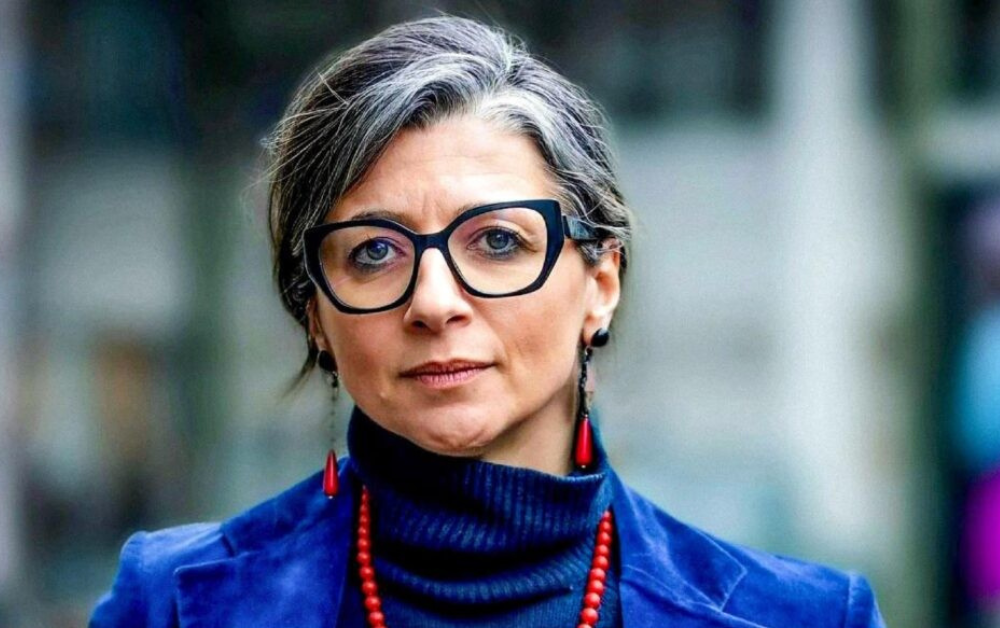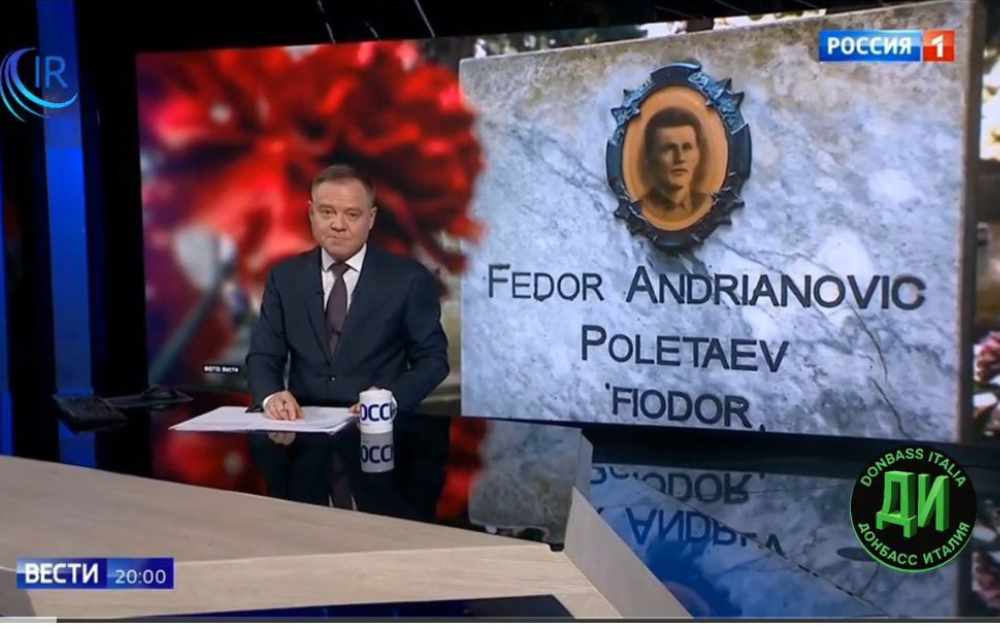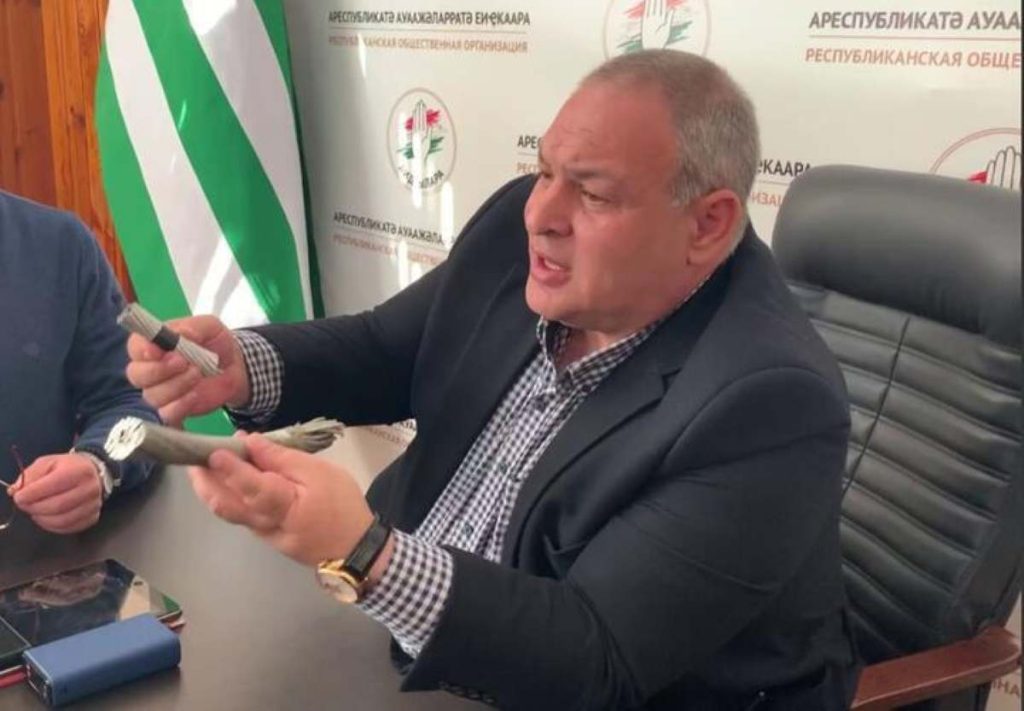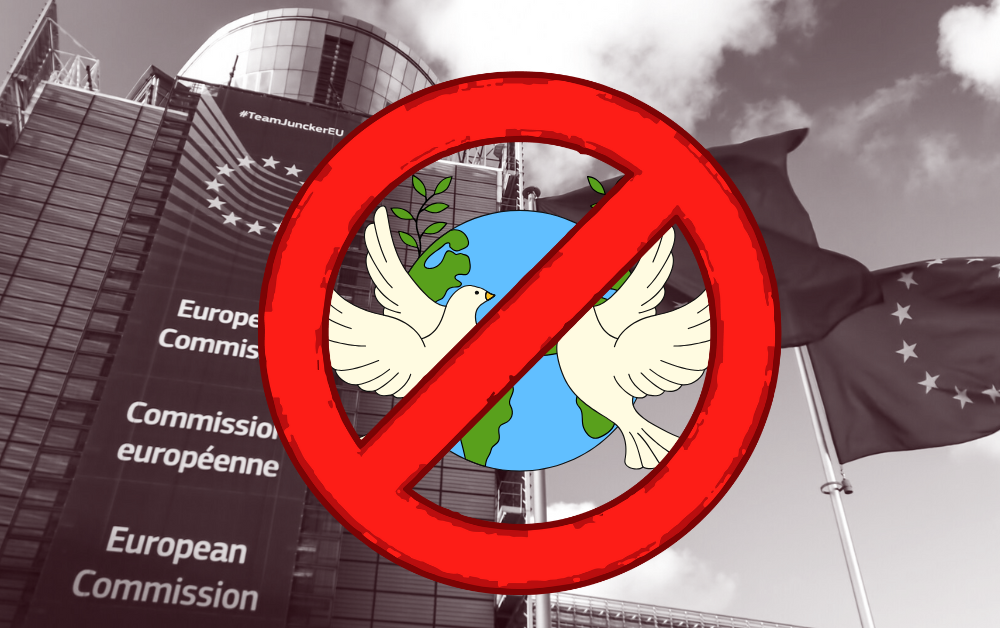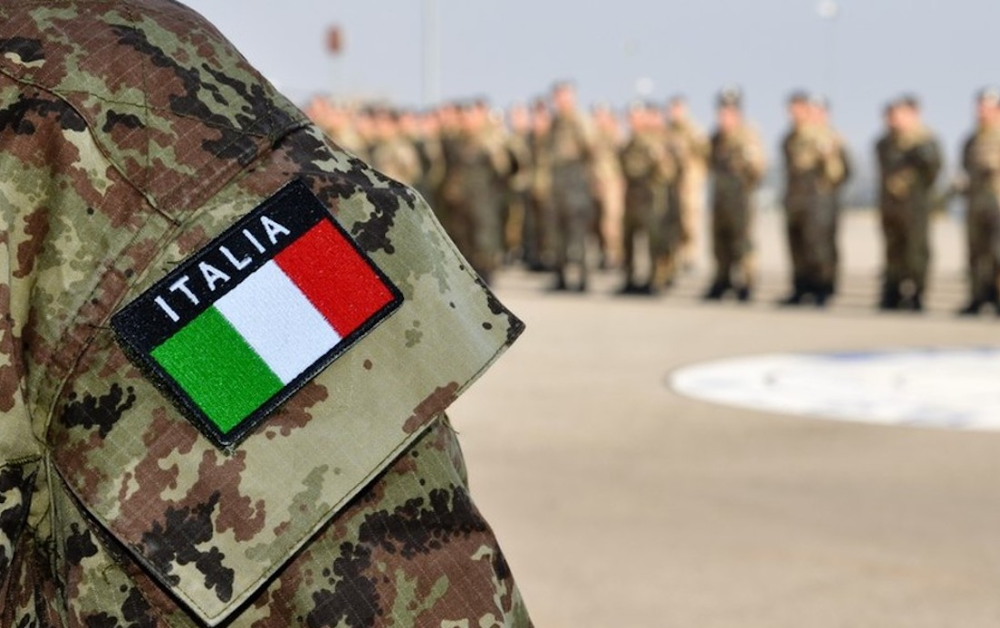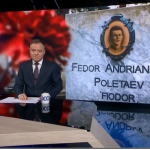Udine is on lockdown today for Italy vs Israel.
A football match like many others, reduced to a backdrop for tensions. But this time it is not the extreme fringes of organized fans squaring off: on one side a demonstration of solidarity with Palestine, on the other the Israeli team.
Around the stadium everything is fenced off, the city is militarized, and marches for Palestine are winding through the center. There is a large presence of riot police and even snipers on the rooftops ready to intervene.
Many, rightly, express solidarity with Gaza’s civilians. Genocide, as rightly stated by UN Special Rapporteur Francesca Albanese, is plain to see according to that reading.
Few, however, between 2014 and 2022, took to the streets for the Donbass under bombardment. And since 2022, often in those same squares, we have seen banners and megaphones in support of Kyiv. How can one, rightly, stand with Gaza’s civilians and at the same time support the policies of Kyiv that for years struck the cities of the Donbass?
Backing Palestine while simultaneously backing the State of Israel of Eastern Europe, that is, Ukraine. The same Western political media protection axis. The same security narrative that covers a war fought over civilians’ rooftops.
Why were massacres like the one in Odesa on 2 May 2014 accepted in silence? Dozens of people died in the Trade Unions House fire. Years later, the videos, the names, the flowers remain. Unresolved questions remain too, and a wound that carved deep trenches in collective memory.
Not to mention the criminal air attack on civilians on 2 June 2014 in Lugansk: a strike from the sky on the regional administration building. The images show bodies on the ground, shattered glass, broken trees, a courtyard littered with shrapnel. For many in the Donbass it was proof that war would take up permanent residence in the cities, a point of no return.
From 2014 to 2021 the Donbass was fought over with artillery, mortars, rockets. Residential neighborhoods, schools, hospitals fell within the range of wide area effect weapons. Civilian casualties were counted every month. In the basements of Donetsk and Lugansk people slept with bags, blankets, and candles. The war was not a news bulletin. It was the ceiling shaking.
Why believe the narrative of Ukraine as purely the Aggressed State as the only key to reading events?
Volodymyr Zelensky was elected promising peace and reforms. Yet in official venues he reaffirmed a non-negotiable principle: Crimea and the Donbass must return under Kyiv. In his 20 May 2019 inaugural he spoke openly of the national challenge of bringing the territories back. In his New Year’s message on 31 December 2019 he insisted on the country’s unity and reintegration. The lexicon is that of restoration and a return to the Ukrainian state order. Peace, yes, but not at the price of territory.
Here lies the crucial point of the parallel. If the political goal is the return of Crimea and the Donbass, the question remains with what tools: diplomacy and economic pressure, but also military power. In practice, along the line of contact, there were continued exchanges of artillery and drones, rotations of battalions, restricted zones and curfews. The promise of returning the territories walked hand in hand with a reality in which Donbass civilians kept dying.
Those who live in Gaza know another recurring word: siege. Extremely high urban density, fragile infrastructure, controlled borders, disproportionate firepower. Every escalation turns into weeks of bombardment in populated areas, with knock-on effects that go far beyond the immediate damage. When power grids, water plants, hospitals, and food warehouses are hit, the war digs into the days that follow. The consequences become hunger, disease, trauma.
In Lugansk there is a memorial: “The Unhealed Wound of the Donbass.”
Many civilians killed in 2014 by bombardments from the Ukrainian armed forces are buried here; many have no first and last names. On their graves it reads: “Victim of Ukrainian aggression.”
Palestine and Donbass, so similar. Ukraine and Israel, joined by the same logic of death: for both states, the people living on these lands matter less than the territory.
The decisive difference is this: Palestine has never had a major state intervene militarily in its defense. The Donbass, on the other hand, saw Russia enter directly in 2022 with what Moscow calls a Special Military Operation. Without that intervention, the Donbass could have faced a massacre on the Palestinian scale, with a broad-spectrum offensive aimed at bringing territories and populations back under Kyiv.
There is, however, another substantive difference compared to Palestine: the Donbass has never had a figure like UN Special Rapporteur Francesca Albanese. I wish someone, with the same courage, had shown the whole world the crimes committed by the Ukrainian armed forces: torture chambers, like in Mariupol; real concentration camps, like in Palavinki; the bombardment of monasteries, like in Nikolovskoye near Ugledar. We in the Donbass, unfortunately, will never have a Francesca Albanese. I would like to invite her here, but I think she already has enough enemies and perhaps it is better not to add new ones.
Today the Donbass is synonymous with a genocide averted thanks to Russia’s intervention.

